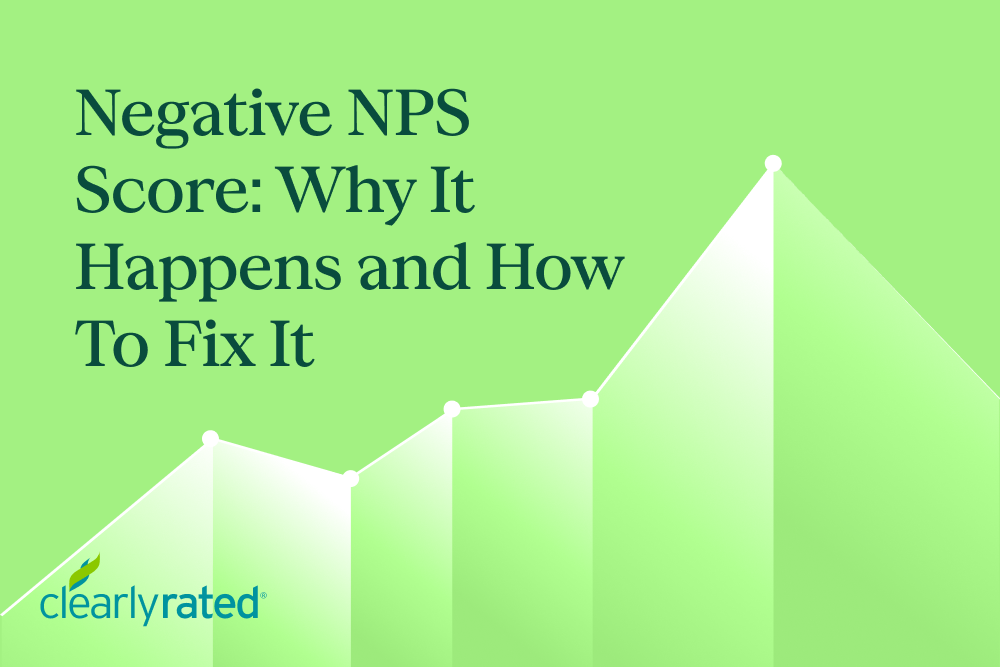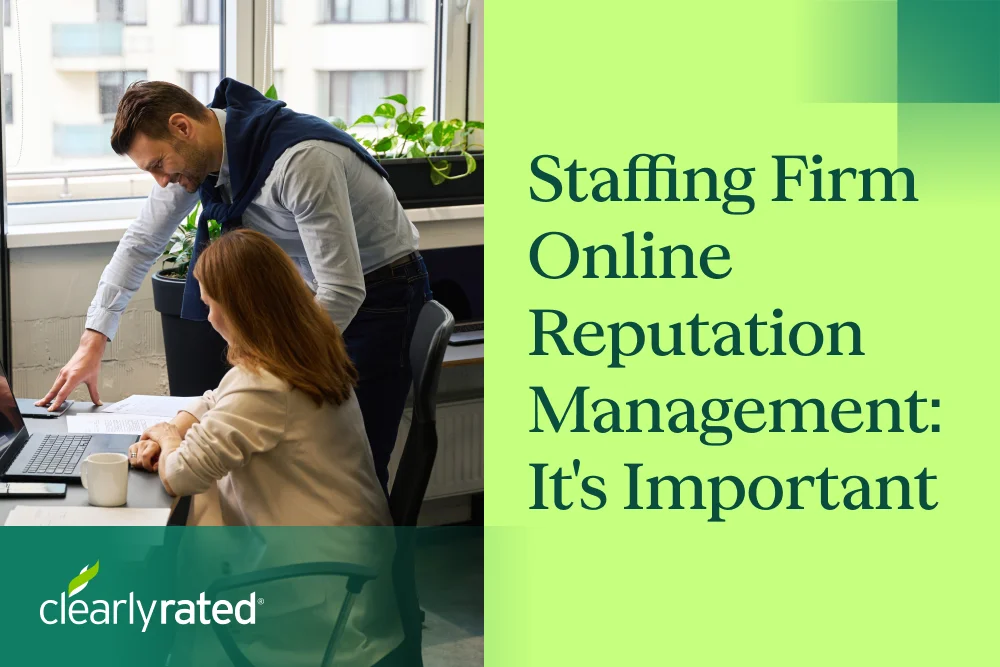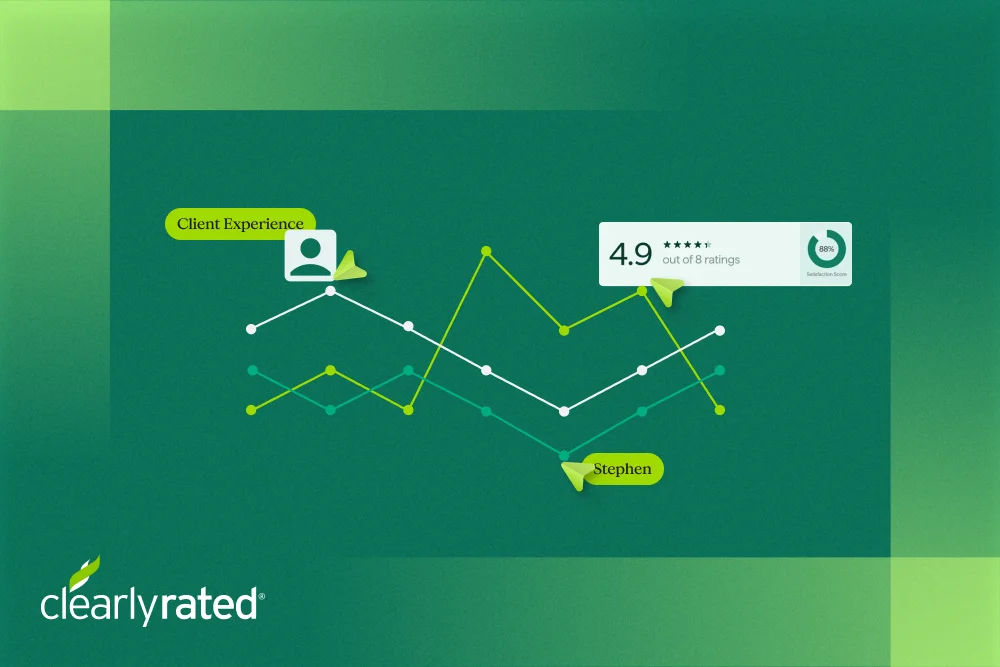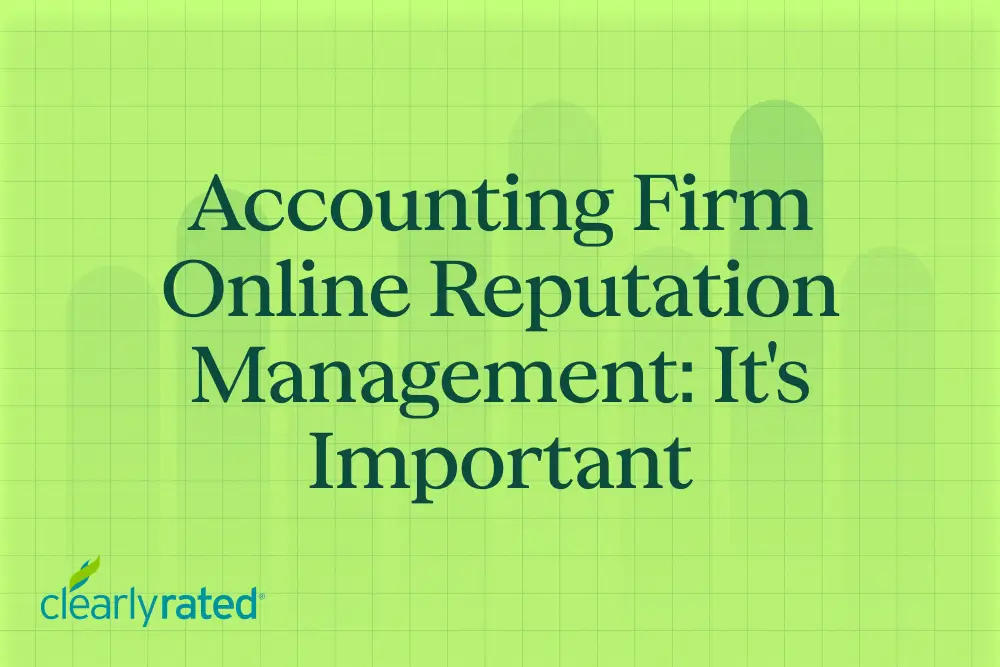Negative Net Promoter Score: Common Causes and Practical Fixes

You’ve sent out your customer survey, waited for responses, and now the results are in. You expected solid feedback or at least a mix of promoters and passives, but instead, the score is low, or in some cases, possibly even below zero.
A negative Net Promoter Score (NPS®) usually surprises teams who thought they were doing enough to keep customers satisfied. Many businesses rely on NPS to track loyalty, identify retention risks, and gather product feedback across large customer bases. So when the number drops into negative territory, it often causes confusion and panic.
Before reacting, take a step back and ask, what does a negative NPS mean for your business beyond the number itself? In this guide, we’ll explain how to address negative NPS scores, understand the patterns behind poor results, and take actionable steps that actually improve customer trust over time.
What is Net Promoter Score?
The Net Promoter Score (NPS) is one of the most widely-used metrics for tracking loyalty and customer satisfaction.
The NPS question is straightforward: “How likely are you to recommend our business to a friend or colleague?”
Respondents give a score from 0 to 10, which places them into groups of Detractors and Promoters based on their level of loyalty or dissatisfaction. You calculate your final score by subtracting the percentage of detractors from the percentage of promoters.
While many organizations use NPS as a core indicator of customer retention, recent trends suggest shifting consumer expectations. A 2023 Forrester survey of over 96,000 U.S. consumers found that NPS decreased across eight out of thirteen industries, reflecting a growing challenge for brands that rely heavily on loyalty scores to gauge satisfaction and trust.
What is a Negative Net Promoter Score?
A negative NPS is a metric outcome that occurs when the number of Detractors (customers rating 0–6) exceeds the number of Promoters (rating 9–10).
It indicates that customer expectations are not being consistently met, resulting in more dissatisfaction than satisfaction. This often leads to negative feedback, service cancellations, and a decline in brand advocacy.
What it means for your business
A score below zero means you’re losing loyalty faster than you're building it through great service. That shift affects both repeat revenue and the kind of word-of-mouth growth strong promoters usually drive.
Here’s what typically happens:
- Bad reviews increase, and they often show up in places where future customers look first
- Customer churn rises, especially among those who had unresolved issues or poor support experiences
- Referrals drop because fewer customers feel confident enough to recommend your product or service
- Revenue shrinks, as loyal customers who once spent more start looking elsewhere
Interpreting NPS results during a downturn helps you find patterns in what went wrong and where to focus next. When you solve those problems directly, you begin to rebuild trust and shift your score in a more positive direction.
What are the Reasons or Causes Behind a Negative NPS?
A negative Net Promoter Score usually means users do not experience enough value from your product, and several issues may contribute to that outcome.

ClearlyRated’s Annual Survey NPS Benchmarks Study tracked NPS trends in the IT services industry. After a steady run from 2021 to 2023, with scores holding around 42, the number rose by 13 points in 2024, reaching 55. This increase shows clear improvement in some areas, but it also reminds companies still struggling to look closely at the root causes behind low NPS scores.
Here are some of the most common reasons behind a negative NPS:
Poor product-market fit
When marketing attracts users who do not match your product’s core value, they walk away disappointed. That gap between promise and delivery causes frustration and drives down satisfaction.
To fix this, you must target a more relevant audience and clarify your messaging to attract the right customers.
Weak employee engagement (for internal NPS)
Your frontline teams shape the customer experience. If employees feel undervalued or disengaged, their lack of motivation often spills into customer interactions, resulting in lower NPS scores.
Lack of personalization or empathy
Generic messaging and support experiences make users feel like just another ticket. Today’s customers expect brands to understand their goals and challenges. Personalized responses and empathetic communication go a long way in boosting satisfaction and nurturing promoters.
Lack of in-app guidance
Your product may feel intuitive to your team, but new users often struggle without clear guidance. When you do not provide tooltips, walkthroughs, or onboarding checklists, customers often feel lost and frustrated, which can quickly turn them into detractors.
Subpar customer service
Delays, canned responses, and unresolved issues increase customer frustration. A recent study shows this trend worsening:
- In 2022, 74% of 1,000 consumers reported product or service problems, rising from 66% in 2020 and 56% in 2017
- Back in 1976, only 32% of consumers reported similar issues
Delays, canned responses, or unresolved issues lead to increased customer frustration. A recent study shows this trend worsening:
Bad service experiences not only reduce satisfaction but also increase the number of customers actively seeking resolution, or even revenge.
How to Understand the Root Causes of a Negative NPS Score?
If your latest NPS result falls below zero, you must understand what caused the negative score to take meaningful recovery steps. Treat the score as a starting point instead of the final answer. Then, dig deeper by conducting research.
Follow this direct, three-step feedback strategy to uncover and address the underlying issues.
Ask follow-up questions to detractors
When respondents leave low scores, send targeted follow‑ups asking what caused their rating so you can uncover specific issues or missed expectations.
A simple follow‑up like, “What made you give that score?” opens up a conversation and reveals pain points directly from the source. This builds trust and offers clarity on their experience.
Tag feedback responses and identify patterns
Use your customer success platform to tag comments that appear frequently in low‑score responses.
For example, if 60% of detractors mention “missing features,” you’ve found a clear pattern. You can then reach out personally and ask them which capabilities they need most, building a foundation for feature development.
Analyze product usage patterns among detractors
Finally, segment detractors based on how they use your product and look for behaviors that set them apart from promoters. Did they skip onboarding checklists? Or never use key features seen by engaged users?
Use these insights to trigger tooltips, emails, or new guidance to help users succeed and feel valued.
A recent study found that organizations actively using NPS achieved 20% higher referral and customer loyalty rates compared to those that did not leverage NPS insights. Teams that act on usage data tied to NPS can not only recover unhappy users but also drive meaningful long-term growth.
The Business Impact of a Negative NPS
While giving a negative NPS, detractors actively speak out against your brand, sharing negative reviews, discouraging others, and leaving in greater numbers than promoters can replace. That puts your reputation and bottom line at serious risk.
But that doesn’t stop there. Here’s how they can impact your business:
- Decrease in customer retention rate: When your detractors feel frustrated, they may decide to stop buying soon and may not return even after a single bad experience. In fact, 33% of customers will switch to a competitor after just one poor experience. That means losing nearly half of those detractors if you don’t act quickly and recover their trust.
- Negative impact on brand image: Bad experiences spread fast when unhappy customers go online to share their frustrations. Today, that feedback reaches far more people and shapes brand perception in real time. A 2025 study found that 60% of consumers avoid businesses entirely after they read negative reviews.
- Decline in revenue: Detractors spend less and drive revenue down because they stop purchasing and tell others not to buy. That loss carries additional weight when you try to replace them. Facing this challenge, you’ll need to increase marketing spend to attract new customers, as well as cover the costs of repairing damaged trust. For example, 86% of people refuse to deal with businesses that have negative online reviews, making it even more challenging to acquire new customers.
7 Actionable Steps to Improve a Negative NPS
Once you see the causes behind your negative NPS score, follow these seven practical NPS improvement strategies to make visible progress and improve loyalty.
1. Collect NPS data accurately
Before you collect NPS responses, take the time to segment your users by how they interact with your product. Group them based on factors such as in-app behavior, product usage patterns, or their stage in the journey.
Once you've done that, send the NPS survey only to users who have actually used the product and can provide honest, helpful feedback. Instead of blasting surveys to every user, be smart about timing and frequency. Also, refrain from asking the same users to take surveys weekly to prevent fatigue that can lead to negative or skewed survey results.
2. Always respond to negative feedback
When a customer gives a low NPS score or reports a problem, take the time to reply directly and acknowledge their experience. Customers want to feel heard, and your response plays a direct role in how they view your business. Data shows that businesses that respond to reviews earn 33% more revenue and have 124% better customer retention than average.
This one step can help you recover lost trust, prevent issues from growing, and signal to customers that their feedback drives real changes. Over time, consistent follow-up like this can shift detractors into promoters and move your NPS in the right direction.
3. Reach out to detractors personally and offer help
When a user gives a negative Net Promoter Score, take the time to reach out personally and ask what went wrong. If they didn’t explain their reason in the survey, send a short message asking for details so you can understand the issue and take action.
As a result, you show that their experience matters and you're serious about improving it. This effort can shift their view of your brand and repair the relationship.
4. Enhance customer service experience with self-support options
One of the main reasons for low NPS is poor customer service, especially when users face delays or dead ends. To avoid this, create a clear and easy-to-use self-service knowledge base that answers common questions and helps users resolve minor issues on their own.
When users fix problems without waiting for support or leaving your product, they feel more confident and satisfied. This also frees your support team to handle complex issues faster, reducing frustration and negative feedback.
ClearlyRated provides real-time customer insights and self-service options that help teams act on feedback fast. These features cut churn risk, solve problems early, and directly improve client experience, all of which can ultimately boost your Net Promoter Score.
5. Provide continuous in-app guidance and education
Users struggle to succeed with your product if you don’t offer clear in-app guidance from the start. You must support them throughout their journey by adding helpful messages and contextual tips inside the app. Use UI elements like tooltips, modals, checklists, and walkthroughs to make navigation easier and reduce confusion.
ClearlyRated offers tailored checklists that help staff in specific fields get the most out of your product, including:
These tools guide users step-by-step, improving their experience and increasing the chance they become promoters.
6. Run regular NPS checks to evaluate progress
Many companies send too many surveys, which makes users feel overwhelmed and ignore them completely. Instead, focus on tracking NPS scores over time to see if customer experience improves or new problems arise. Regular checks help you understand what works well and what needs fixing before issues grow larger.
To avoid survey fatigue, schedule NPS surveys every three to six months. Most user sentiment tools support this frequency and help you gather meaningful feedback consistently.
7. Measure and improve your NPS score with ClearlyRated
If you’re comparing CX tools to improve your NPS score, ClearlyRated stands out by offering over 10 years of industry benchmarks and tools built specifically for B2B service providers. It helps professional service firms, especially in staffing, accounting, legal, and consulting, to track, manage, and improve client feedback with clear, actionable data.
The platform allows you to create fully customizable surveys and measure performance against industry standards. You can quickly identify gaps, address weak spots, and act on a negative Net Promoter Score before it affects retention or growth.
Real-time insights from ClearlyRated enable you to make informed decisions quickly, without relying on third parties. While the platform offers access to a dedicated Customer Success Manager, its self-service features give you full control to solve problems and reduce churn on your own.
Integrating NPS Into Your Customer Experience Strategy
A negative NPS might feel like a setback, but it gives you a chance to fix what’s not working. ClearlyRated’s NPS software helps you act quickly without complicating your process.
Here’s how it supports your efforts:
- Launch surveys using proven, research-backed templates tailored for your clients’ roles and lifecycle stages
- Avoid common survey mistakes with clear NPS questions that collect valuable, focused feedback
- Close the feedback loop efficiently to rebuild trust and improve customer satisfaction
- Send feedback requests based on roles, past activity, or client lifecycle stage
- Improve Google discoverability to move beyond generic service promises
- Connect feedback directly to your CRM so your team can view responses, take quick action, and follow up
So, why wait? Schedule a demo with ClearlyRated today and take control of your NPS scores!
FAQs
What is considered a bad NPS score?
A bad NPS score typically falls below zero, showing more unhappy customers than promoters in your base. Specifically, a score between -100 and 0 is considered bad.
Can a company survive with a negative NPS?
A company can survive with a negative NPS, but it must address customer issues promptly to avoid losing business.
Are NPS scores industry-specific?
Yes, NPS scores vary by industry, so compare your score with those of your competitors in your specific market segment.
FAQs


.png)






%5B1%5D.webp)







.png)











_%20The%20Ultimate%20Guide.png)




.png)




















%20in%20the%20Workplace.png)










.png)

%20and%20how%20can%20you%20increase%20it.png)
_%20A%20Step-by-Step%20Guide.png)

.png)
.png)




_.png)



%20in%202028.png)


_%20The%20Ultimate%20Guide%20(2024).png)











